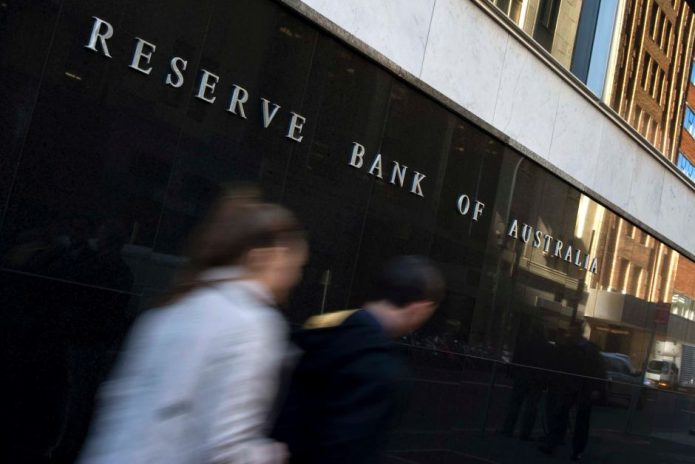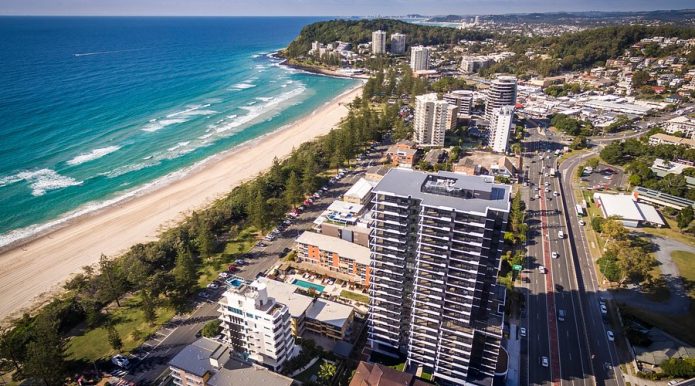PHOTO: FILE
Is It Safe for the Government to Offer 2% 30-Year Loans to First-Home Buyers?
Considering the government issuing 2% 30-year loans to first-home buyers, assuming the money is created and other groups face a 5.5% OCR with additional controls, raises significant questions about feasibility and economic impact.
New Zealand’s economy, unlike the larger U.S. economy, doesn’t support long-term fixed-rate mortgages due to the banks’ limited capacity to manage interest rate risks. This limitation is why such mortgages are uncommon here.
Introducing government-backed home loans brings new considerations. David Cunningham, CEO of Squirrel, acknowledges that 2% loans would be highly attractive to first-home buyers, saving them approximately $27,700 annually per borrower under current conditions. However, this would impose a substantial burden on taxpayers.
With a long-term government borrowing rate at 4%, the annual cost of this scheme could reach $0.3 billion. Over five years, this escalates to $1.5 billion annually, and $4.5 billion cumulatively, due to the compounding interest and debt growth. Such expenses could potentially overshadow funding for essential services like education, health, law enforcement, superannuation, and transportation.
Another issue is the likely increase in house prices, akin to the post-lockdown surge when low interest rates drove property prices up nearly 50%. Even if the price increase for first-home buyers is more modest, it could still exceed 20% as they compete for properties, complicating the task of saving for a deposit. This could also drive property investors out of the market, triggering a rental crisis and escalating rents.
The government’s capability to manage home loans is another concern. Banks have honed their credit risk management over centuries, and poor lending practices can have devastating economic consequences, particularly in a smaller economy like New Zealand’s.
Gareth Kiernan from Infometrics suggests that addressing the housing affordability crisis requires targeted policy measures rather than blanket low-interest loans. Transitional policies, such as low-interest loans or expanded social housing, could be useful until housing supply improves and costs stabilize. Offering loans at government borrowing rates might be more practical but should be a temporary or highly targeted measure.
On Interest Rates and Economic Expectations
Interest rates today, at 5.5%, are high by recent standards but not historically unprecedented. During the 1980s, rates were much higher, and even in 2008, the floating rate exceeded 10%. Rates post-GFC and during COVID were exceptionally low, driven by those crises. Expecting a return to near-zero rates is unrealistic without a significant economic downturn, which isn’t desirable.
While rates are likely to settle lower once inflation is controlled, they will probably not return to the extreme lows seen during the pandemic lockdown period. The current discomfort is partly due to high levels of debt and the rapid rise in rates, compounded by today’s higher median house prices.
Note: This analysis provides a general overview. For specific advice, consult professional financial advisors.
SOURCE: RNZ










